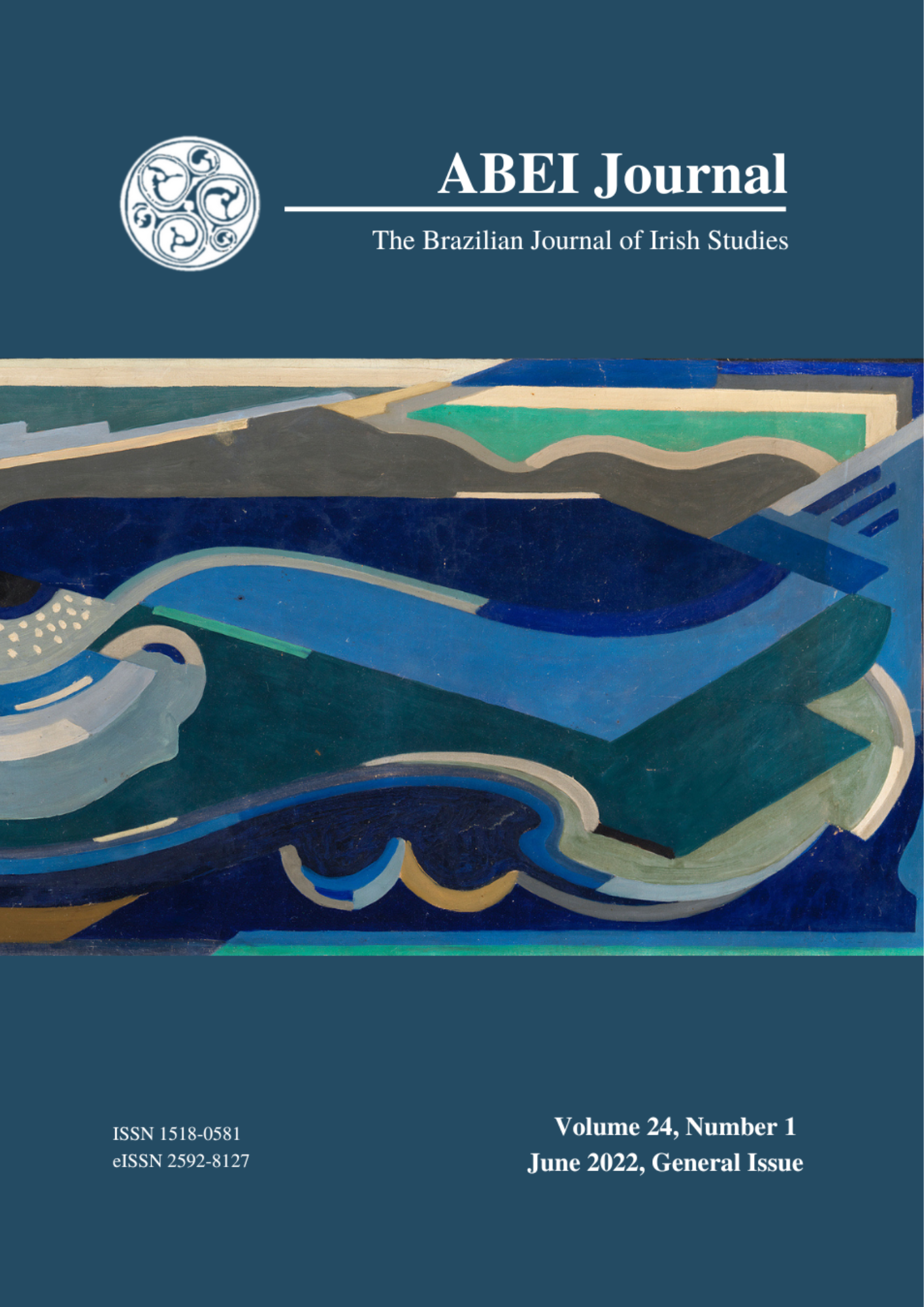Grupo TAPA: An Overview of The Work of a Brazilian Repertory Theater Company
DOI:
https://doi.org/10.37389/abei.v24i1.205361Palabras clave:
Repertory Theater, Theater History, TranslationsResumen
This article contextualizes and briefly discusses the most important characteristics of Grupo TAPA’s work and acting methods. Special emphasis is given to the formative process in the area of acting and to the involvement of the group with the translation of plays by particularly relevant playwrights like Tchecov and Tennessee Williams.
Referencias
Nakasone, Claudinei B. L. Um tapa na Pauliceia: a contribuição do grupo Tapa para o teatro da cidade de São Paulo (1987-1999). Dissertação (Mestrado) – Departamento de Artes Cênicas da Escola de Comunicações e Artes da Universidade de São Paulo. São Paulo, 2001
Navarro Filho, Fernando. A construção da fala do ator segundo o grupo TAPA. Reflexões sobre um processo de aprendizagem.Dissertação (Mestrado) – Instituto de Artes da Universidade Estadual de Campinas, 2017
Sampaio, Maria E. A. Grupo Tapa: histórico, repertório nacional e perfil sociopolítico. Dissertação (Mestrado) – Departamento de Artes Cênicas da Escola de Comunicações e Artes da Universidade de São Paulo, 2003.
Descargas
Publicado
Número
Sección
Licencia
Derechos de autor 2022 Maria Sílvia Betti

Esta obra está bajo una licencia internacional Creative Commons Atribución-NoComercial 4.0.


